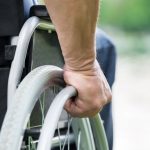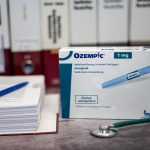
THURSDAY, Sept. 28, 2023 (HealthDay News) – An advisory panel to the U.S. Food and Drug Administration on Wednesday voted resoundingly against recommending a stem cell-based experimental treatment for ALS. Although the FDA isn’t bound by the votes of its advisory panels, agency scientists have already penned a scathing review of the drug, called NuOwn. The application from Brainstorm, the company that developed the treatment, was “scientifically incomplete” and “grossly deficient,” FDA staff scientists wrote in the review. Meanwhile, the advisory panel voted 17-1 against the drug to treat amyotrophic lateral sclerosis (ALS), also known as Lou Gehrig’s disease. Only a panelist representing patients voted for the medication, while one adviser abstained from voting, the Associated Press reported. “Creating false hope can be considered a moral injury and the use of statistical magic or manipulation to provide false hope is problematic,” Lisa Lee, a bioethics and research integrity expert from Virginia Tech who voted against the treatment said, the AP reported. ALS is typically fatal within three to five years of a patient’s first symptoms, as the condition destroys nerve cells in the brain and spinal cord, taking away the ability to walk, talk, swallow and breathe. The FDA agreed to convene the advisory panel in response to a 30,000-signature petition from ALS patients and advocates. But a study from Brainstorm involving 200 patients did… read on > read on >


















